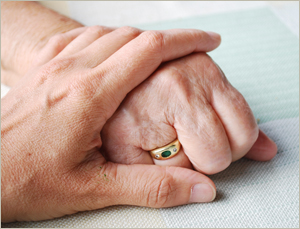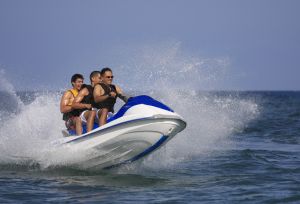Cope v. Utah Valley State College, a case from the Supreme Court of Utah, involved plaintiff who was a member of a dance team at a state-owned university. She was enrolled in college courses that provided academic credit for participation on the dance team.
 During a practice session, she was performing a routine where her dance partner lifted her on his shoulders and then she would do a backflip. During the learning phase of new routines, it is common for spotters to be present to prevent the performer from being injured.
During a practice session, she was performing a routine where her dance partner lifted her on his shoulders and then she would do a backflip. During the learning phase of new routines, it is common for spotters to be present to prevent the performer from being injured.
On this particular occasion, there were not spotters present, and plaintiff and her dance partner performed the move two times. Both times, the pair was unable perform the lift properly. Her dance partner told the course instructor that he was unable to perform this lift properly, and she instructed them to try a third time. She told partner to lift with more force and plaintiff to push off into the flip with more force as well. She told them if they didn’t get it right, it would be cut from the routine.
Continue reading
 Boston Personal Injury Attorney Blog
Boston Personal Injury Attorney Blog












